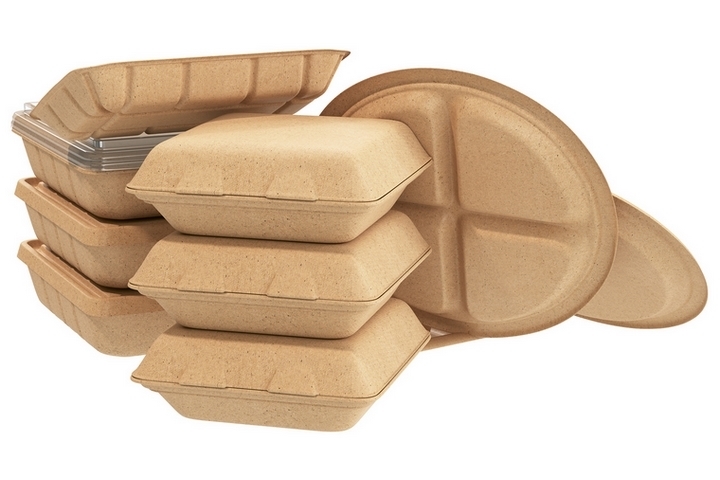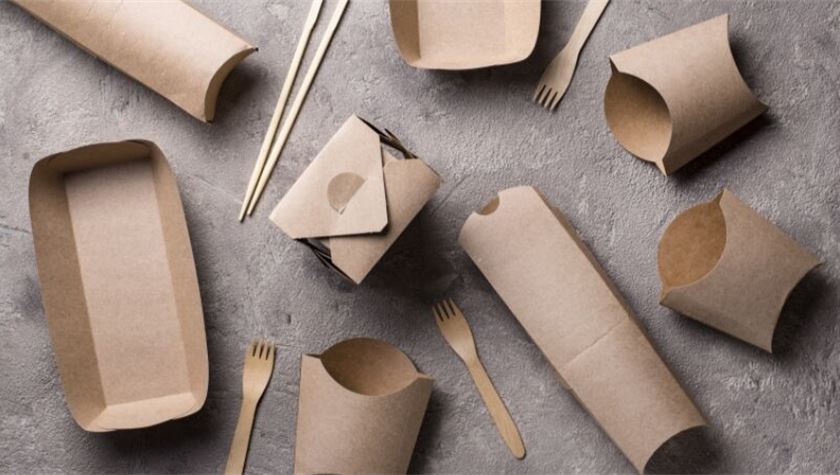In today's world, where environmental concerns are at the forefront of global discussions, the demand for sustainable practices and products is on the rise. One area that has gained significant attention is green product packaging. In this blog post, we will delve into the concept of green product packaging, exploring its significance, benefits, and various strategies employed to create environmentally friendly packaging solutions.
- Understanding Green Product Packaging:
Green product packaging refers to the use of eco-friendly materials and practices in the design, production, and disposal of product packaging. It aims to minimize the negative impact on the environment throughout the entire lifecycle of a product, from sourcing raw materials to its eventual disposal. - The Importance of Green Product Packaging:
Green product packaging plays a crucial role in reducing carbon footprint, conserving resources, and promoting sustainability. By adopting sustainable packaging practices, businesses can demonstrate their commitment to environmental responsibility, enhance brand reputation, and attract eco-conscious consumers. - Benefits of Green Product Packaging:
a. Environmental Benefits:
- Reduced carbon emissions through the use of renewable materials and energy-efficient manufacturing processes.
- Conservation of natural resources by utilizing recycled or biodegradable materials.
- Minimized waste generation and landfill impact through recycling and composting initiatives.
b. Economic Benefits:
- Cost savings through material optimization, waste reduction, and energy efficiency.
- Enhanced brand image and customer loyalty, leading to increased sales and market share.
- Compliance with evolving regulations and standards, avoiding potential fines or penalties.
c. Social Benefits:
- Improved public perception and customer trust, as consumers increasingly prioritize sustainable products.
- Job creation and support for local communities through the development of green packaging industries.
- Contribution to a healthier and cleaner environment for present and future generations.
- Strategies for Green Product Packaging:
a. Material Selection:
- Use of renewable, recyclable, and biodegradable materials such as paper, cardboard, and plant-based plastics.
- Avoidance of hazardous substances and chemicals in packaging materials.
b. Packaging Design:
- Minimalist designs that reduce material usage and optimize space.
- Modular or refillable packaging options to extend product lifespan.
- Innovative designs that facilitate recycling or repurposing.
c. Supply Chain Optimization:
- Collaboration with suppliers to ensure sustainable sourcing of materials.
- Implementation of efficient transportation and distribution practices to reduce carbon emissions.
d. Consumer Education:
- Clear labeling and communication to inform consumers about the eco-friendly attributes of the packaging.
- Encouragement of responsible disposal and recycling practices.
Conclusion:
Green product packaging is not just a trend; it is a necessity in our journey towards a sustainable future. By adopting eco-friendly packaging practices, businesses can contribute to environmental preservation, gain a competitive edge, and meet the growing demand for sustainable products. Embracing green product packaging is a win-win situation for both businesses and the planet, paving the way for a greener and more prosperous future.



